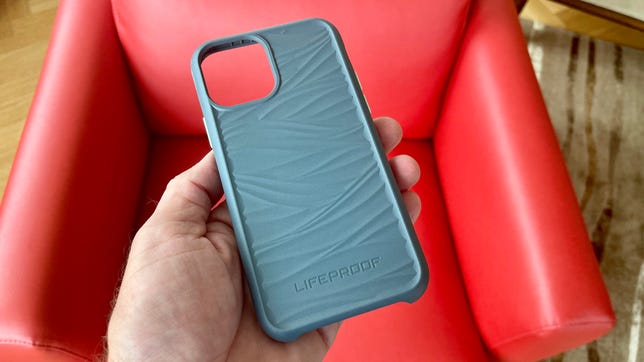Technologies
Best Eco-Friendly iPhone 12 and 12 Pro Cases
Protect your phone while protecting the Earth with these environmentally friendly phone cases.

This story is part of Tech for a Better World, stories about the diverse teams creating products, apps and services to improve our lives and society.
Within the past few years, many companies have began making great strides in producing more sustainable, eco-friendly products. Though the tech industry still has a lot of catching up to do, eco-friendly iPhone cases are on the rise. These iPhone cases, made from recycled and/or biodegradable materials, are more than capable of protecting your phone while helping the environment.
Biodegradable cases also won’t harm the environment for years and years after you’re done using them. Some of the cases listed below are made out of both recycled plastic and plant-based materials that are biodegradable.
Eco cases can look and feel slightly different from standard thermoplastic polyurethane, or TPU, cases — particularly the wooden ones — but most people wouldn’t even realize you were using an eco-friendly case unless you told them. Many offer good drop protection, and all the cases on this list are compatible with wireless chargers.
It’s also worth noting that many of these cases are available for earlier iPhone models, including the iPhone 11 and iPhone XS, and many of those cases are discounted.
Read more: Best iPhone 12 and 12 Pro Cases
Moment’s iPhone 12 case is thin and comes with a soft-to-the-touch texture. It is made out of biodegradable materials so the body is compostable after the polycarbonate parts are removed. It can be tossed in your compost bin when you are done with the product.
You know all those compact discs you no longer listen to? Nimble makes translucent iPhone cases out of them. They’re a little pricey at $50, but some of us like the idea of protecting the latest technology with recycled technology and don’t mind paying a little extra for that. They have antimicrobial protection, are scratch-resistant and aren’t supposed to turn yellow over time. While the Disc Case is slim, it’s rated for 6-foot drop protection.
Incipio’s Organicore cases are made with 100% compostable and biodegradable materials and also have eco-friendly packaging. Organicore cases offer 8-foot drop protection and are available in three color options: black, natural and eucalyptus (pictured here). They look and feel similar to the Torro Eco Cover cases and it’s really a toss-up between the two brands. The Torro’s main advantage is that it comes in more eye-catching colors — the red and blue do pop — and currently costs less.
Note that Amazon is discounting certain colors of the Organicore case (the natural version is $10), but the green version shown is $15. Also, the Organicore is available in a iPhone 12 Pro Max version, but it costs more.
Casetify recently launched its new Ultra Compostable Cases. Compared to its earlier Conscious cases, this new eco model increases the drop-protection to 6.6 feet and is made with the 100% compostable, plant-based material Ecotify, the company’s proprietary blend of biopolymers, starch and bamboo grain.
Casetify also says the packaging is made of 100% sustainable, recycled and compostable materials including eco-friendly, nontoxic ink made from soybeans. The case has a raised edge design to protect the screens and is available in seven color options. The price is high at $66, but the case is customizable with personalization and prints.
This is the only case on the list I haven’t yet tried, but the Amazon user reviews for it are positive and it costsonly $9. Eplantita says its case is built from 100% biodegradable wheat straw and recyclable TPU. It fully covers your phone and has raised edges, so that should help with any face-down drops. It’s available in several color options.
Lifeproof’s Wake case is made out of recycled ocean plastic (85% of it anyway). It’s attractively designed but I wouldn’t call it super tough — it isn’t enclosed at the bottom and has 6-foot drop protection. It comes in four colors, including this teal variant, which I happen to like best. (If you’re going to get a «green» case, it might as well be green.)
Tech 21 offers a few different eco-friendly case options for the iPhone 12 series. The cases are made of biodegradable materials and have a grippy texture that helps you avoid having your phone slip out of your hand. The Eco Slim model is available in a few different color options and offers good drop protection (it’s rated for up to 10-foot drops) while also being relatively slim. Prices vary a bit by the type of iPhone 12 you have but most versions cost $15 or less.
KerfCase has been making handmade wooden cases for a while, and its new Plywood case is not only more durable but less expensive than some, starting at $50, with 6-foot drop protection and a limited lifetime repair warranty. I like it better than other cases made of wood that I’ve tried. It’s also worth noting that Apple’s MagSafe charger will stick to the back of it, and KerfCase sells matching charging docks for the Apple MagSafe charger (yes, it’s an accessory for an accessory).
Read more
- iPhone 12 Pro and Pro Max vs. iPhone 11 Pro and Pro Max: Specs and Features
- iPhone 12’s Four Models Compared
- iPhone 12 Specs You Should Care About
- Best Headphones and Wireless Earbuds for iPhone 12
- MagSafe Accessories for iPhone 12 are Here
- Best iPhone 12 Chargers Starting at $10
- Best Cheap True-Wireless Earbuds in 2023
- Best Wireless Car Charger and Mount in 2023
- Best iPhone 2022: Apple Currently Sells 7 Different Models. Here’s How to Pick One
- Best iPhone 13 Case
Technologies
Today’s NYT Strands Hints, Answers and Help for Nov. 28 #635
Here are hints and answers for the NYT Strands puzzle for Nov. 28, No. 635.
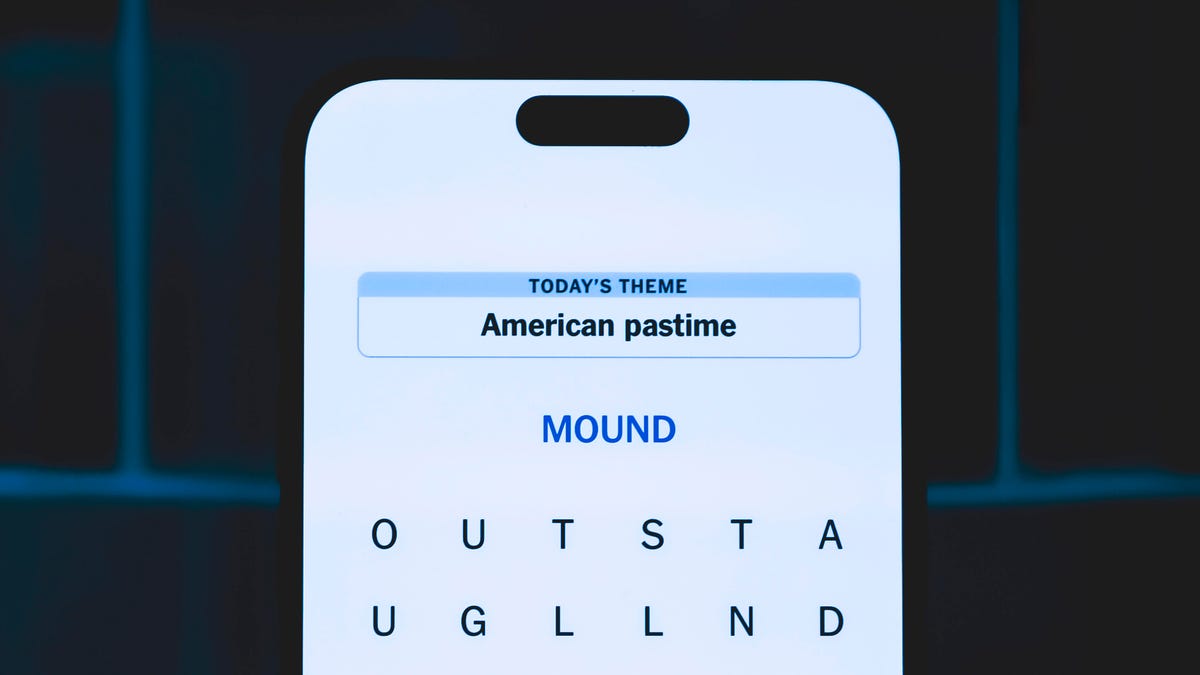
Looking for the most recent Strands answer? Click here for our daily Strands hints, as well as our daily answers and hints for The New York Times Mini Crossword, Wordle, Connections and Connections: Sports Edition puzzles.
Today’s NYT Strands puzzle is pretty tricky. If you’re not familiar with certain superstitious beliefs, you might not find all the answers. And some of the answers are difficult to unscramble, so if you need hints and answers, read on.
I go into depth about the rules for Strands in this story.
If you’re looking for today’s Wordle, Connections and Mini Crossword answers, you can visit CNET’s NYT puzzle hints page.
Read more: NYT Connections Turns 1: These Are the 5 Toughest Puzzles So Far
Hint for today’s Strands puzzle
Today’s Strands theme is: If all else fails…
If that doesn’t help you, here’s a clue: Don’t tell, it won’t come true.
Clue words to unlock in-game hints
Your goal is to find hidden words that fit the puzzle’s theme. If you’re stuck, find any words you can. Every time you find three words of four letters or more, Strands will reveal one of the theme words. These are the words I used to get those hints but any words of four or more letters that you find will work:
- GLUB, RATS, TARN, DALE, FONT, FOUNT, LASH
Answers for today’s Strands puzzle
These are the answers that tie into the theme. The goal of the puzzle is to find them all, including the spangram, a theme word that reaches from one side of the puzzle to the other. When you have all of them (I originally thought there were always eight but learned that the number can vary), every letter on the board will be used. Here are the nonspangram answers:
- DANDELION, STAR, COIN, FOUNTAIN, LADYBUG, EYELASH
Today’s Strands spangram
Today’s Strands spangram is MAKEAWISH. To find it, start with the M that’s three letters down on the far right, and wind backwards.
Technologies
Today’s NYT Connections Hints, Answers and Help for Nov. 28, #901
Here are some hints and the answers for the NYT Connections puzzle for Nov. 28, #901.
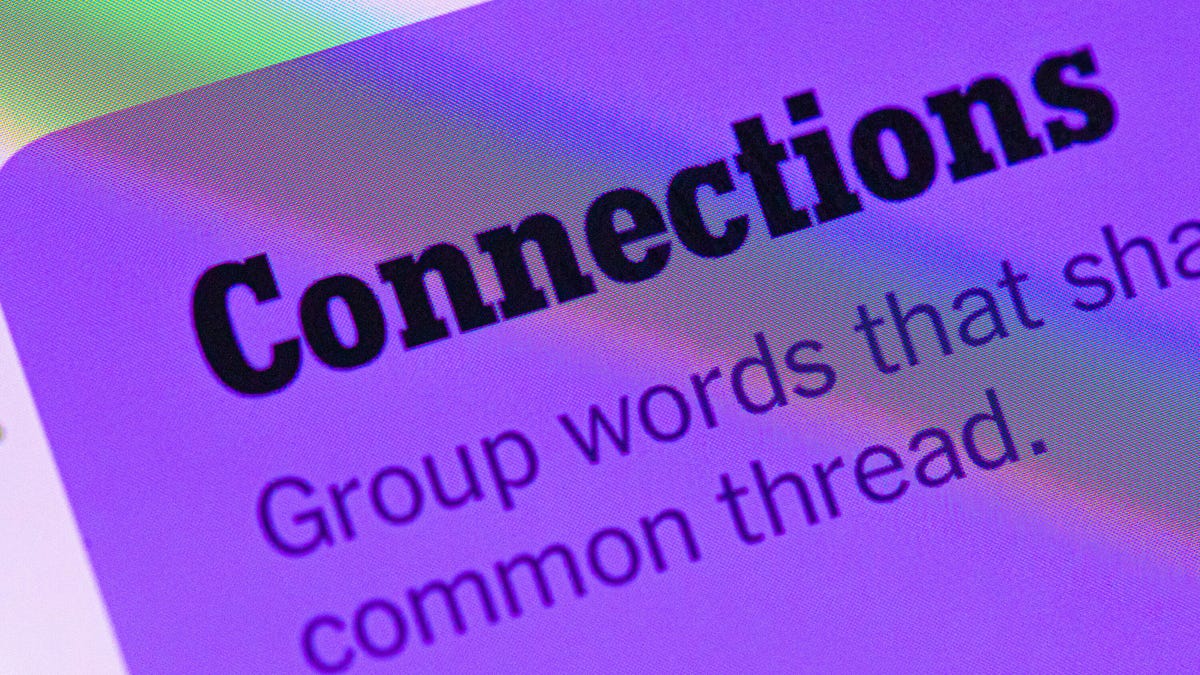
Looking for the most recent Connections answers? Click here for today’s Connections hints, as well as our daily answers and hints for The New York Times Mini Crossword, Wordle, Connections: Sports Edition and Strands puzzles.
Today’s NYT Connections puzzle is kind of tough. If you need help sorting the answers into groups, you’re in the right place. Read on for clues and today’s Connections answers.
The Times now has a Connections Bot, like the one for Wordle. Go there after you play to receive a numeric score and to have the program analyze your answers. Players who are registered with the Times Games section can now nerd out by following their progress, including the number of puzzles completed, win rate, number of times they nabbed a perfect score and their win streak.
Read more: Hints, Tips and Strategies to Help You Win at NYT Connections Every Time
Hints for today’s Connections groups
Here are four hints for the groupings in today’s Connections puzzle, ranked from the easiest yellow group to the tough (and sometimes bizarre) purple group.
Yellow group hint: Appropriate.
Green group hint: I win!
Blue group hint: Musical instrument.
Purple group hint: Time to talk.
Answers for today’s Connections groups
Yellow group: Fitting.
Green group: Achieve victory over.
Blue group: Parts of an electric guitar.
Purple group: Phonetic elements of speech.
Read more: Wordle Cheat Sheet: Here Are the Most Popular Letters Used in English Words
What are today’s Connections answers?
The yellow words in today’s Connections
The theme is fitting. The four answers are fair, just, proper and right.
The green words in today’s Connections
The theme is achieve victory over. The four answers are beat, best, take and worst.
The blue words in today’s Connections
The theme is parts of an electric guitar. The four answers are fret, peg, pickup and string.
The purple words in today’s Connections
The theme is phonetic elements of speech. The four answers are intonation, loudness, rhythm and stress.
Technologies
Anker’s New MagSafe Car Mount Keeps Your Phone Cool While Charging, and It’s 30% Off for Black Friday
Get wired-like charging speeds and MagSafe compatibility with Anker’s wireless car charging bundle for $62.99.
Black Friday is the best time of the year to upgrade the little essentials that make your everyday tech life more pleasant. I’ve found the perfect deal to amp up the phone charging setup in your car. This Anker MagSafe wireless car charging bundle is 30% off for the holidays, and it gives your iPhone a fast and steady way to power up while you navigate. It delivers up to 25-watt wireless charging speeds and with onboard active cooling, your phone stays comfortable to the touch.
Get it now for $62.99 verses the list price of $89.99.
What sets this charger apart is that its performance and cooling tech is built into a surprisingly compact package. The stand uses an ultra-strong Qi2 magnetic lock to keep your phone secure through bumps and turns. You can even tilt the mount and switch between portrait and landscape modes for navigation without blocking the view. The bundle has everything you need to get started including a 60-watt dual-USB-C charger, an adequately long USB-C cable, and cable organizers for a clean setup. Anker also includes a two-year warranty for peace of mind.
If you are getting your car prepped up for driving to a holiday vacation or just need a faster charging mount for your daily commute, this deal makes a lot of sense. CNET’s experts are also tracking more Black Friday and Cyber Monday picks across Apple products, headphones, and more, so you can score more savings before the sales season wraps up.
MOBILE DEALS OF THE WEEK
-
$749 (save $250)
-
$475 (save $175)
-
$499 (save $300)
-
$900 (save $400)
Why this deal matters
A high quality charger is a great addition to any car to speedily top up your phone on the go. You will especially want to look out for options from a top-tier brand like Anker for its fast charging speeds and reliability. This Black Friday deal is an excellent opportunity to save big on a staple car accessory. With holiday shopping heating up and tech accessories being one of the most popular categories, we expect the deal to sell out quick. So don’t wait too long before jumping on it.
Don’t miss any of our unbiased tech content and lab-based reviews. Add CNET as a preferred Google source.
Join Our Daily Deals Text Group!
Get hand-picked deals from CNET shopping experts straight to your phone.
By signing up, you confirm you are 16+ and agree to receive recurring marketing messages at the phone number provided. Consent is not a condition of purchase. Reply STOP to unsubscribe. Msg & data rates may apply. View our Privacy Policy and Terms of Use.
-

 Technologies3 года ago
Technologies3 года agoTech Companies Need to Be Held Accountable for Security, Experts Say
-

 Technologies3 года ago
Technologies3 года agoBest Handheld Game Console in 2023
-

 Technologies3 года ago
Technologies3 года agoTighten Up Your VR Game With the Best Head Straps for Quest 2
-
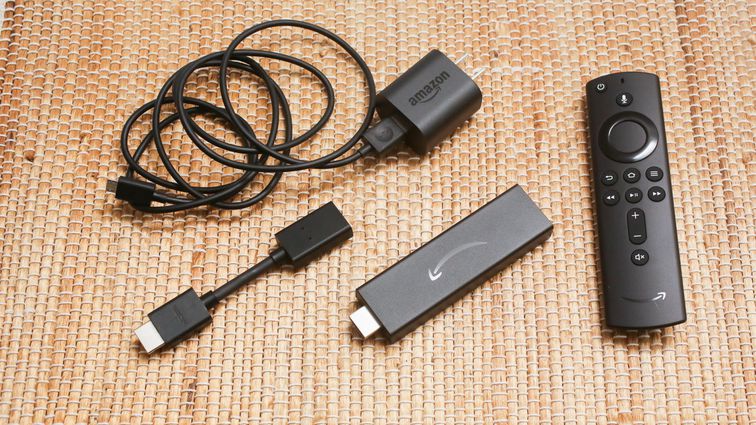
 Technologies4 года ago
Technologies4 года agoBlack Friday 2021: The best deals on TVs, headphones, kitchenware, and more
-
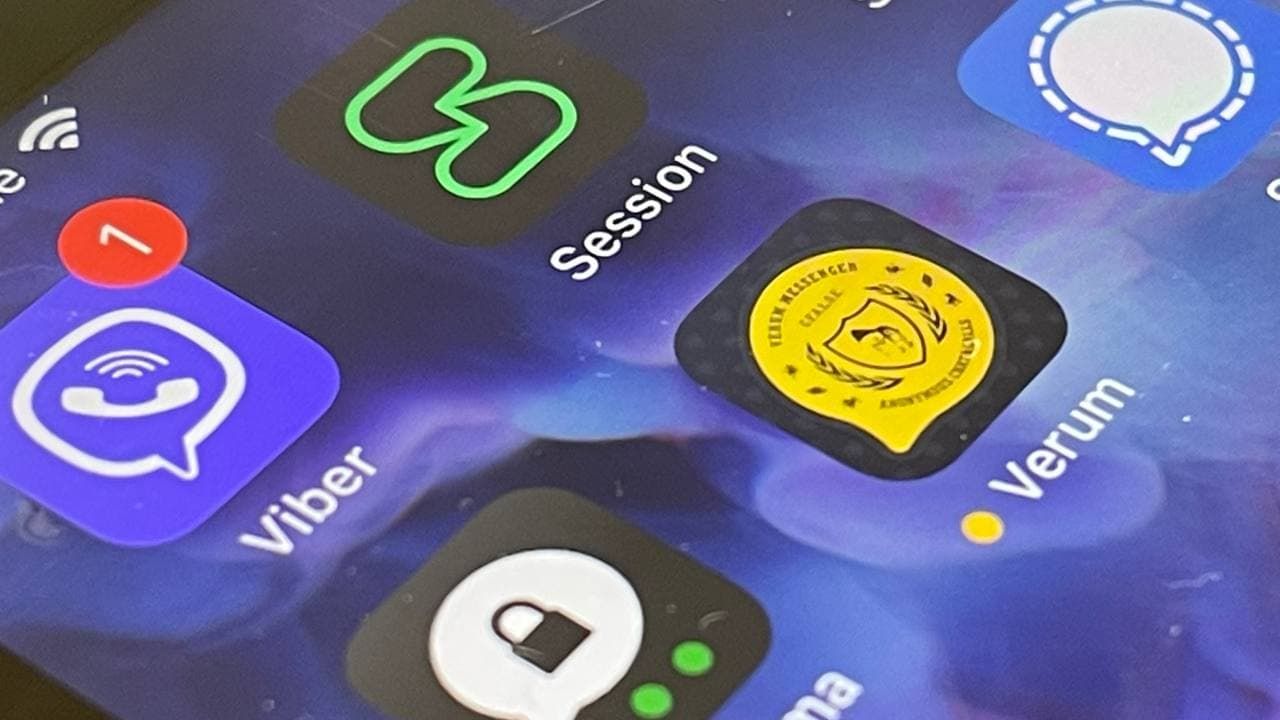
 Technologies4 года ago
Technologies4 года agoVerum, Wickr and Threema: next generation secured messengers
-

 Technologies4 года ago
Technologies4 года agoGoogle to require vaccinations as Silicon Valley rethinks return-to-office policies
-
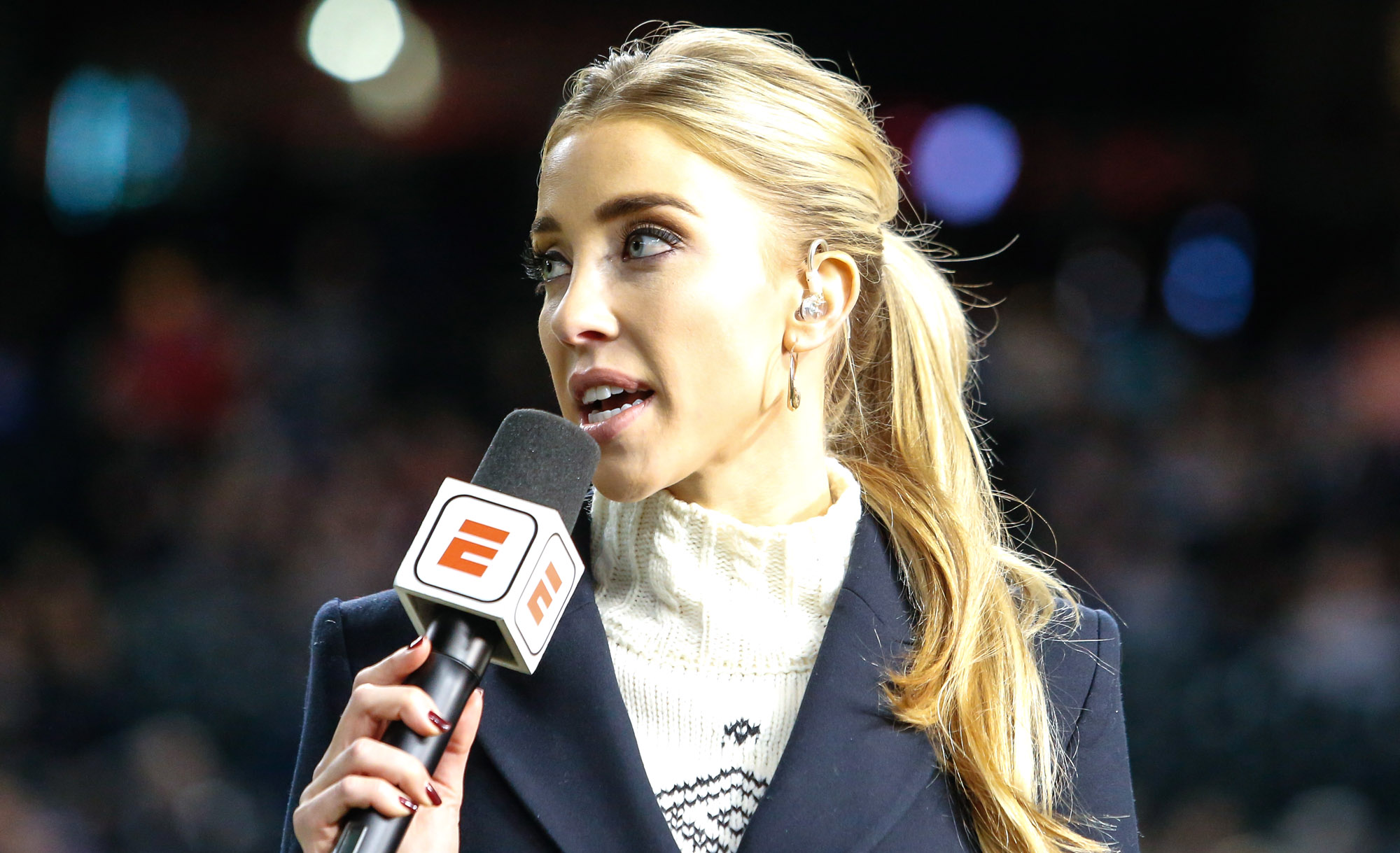
 Technologies4 года ago
Technologies4 года agoOlivia Harlan Dekker for Verum Messenger
-
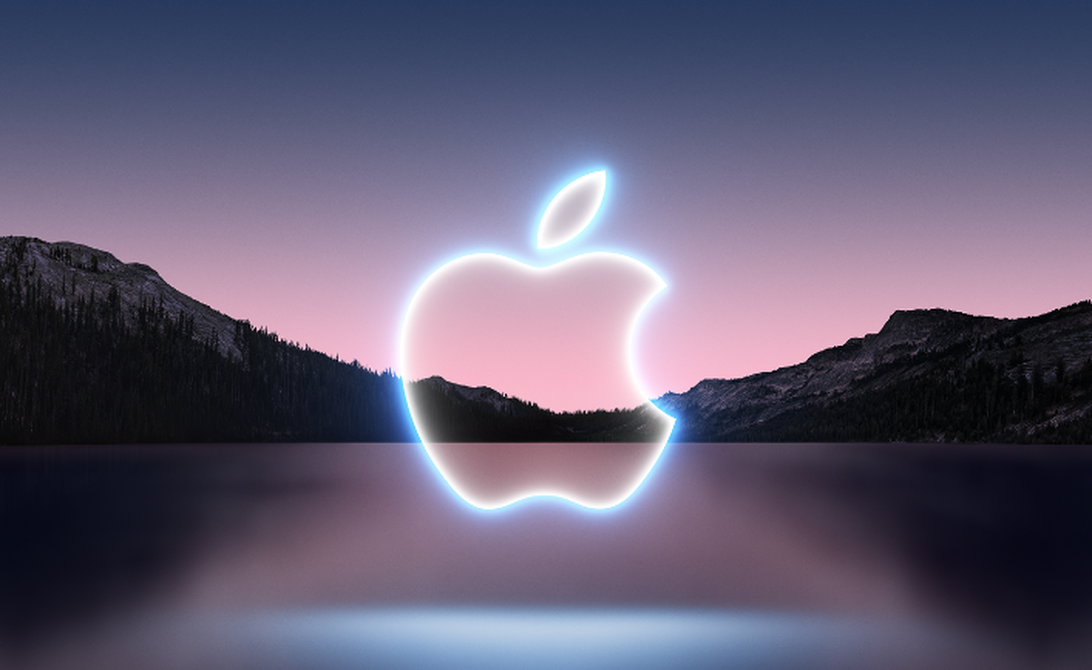
 Technologies4 года ago
Technologies4 года agoiPhone 13 event: How to watch Apple’s big announcement tomorrow






